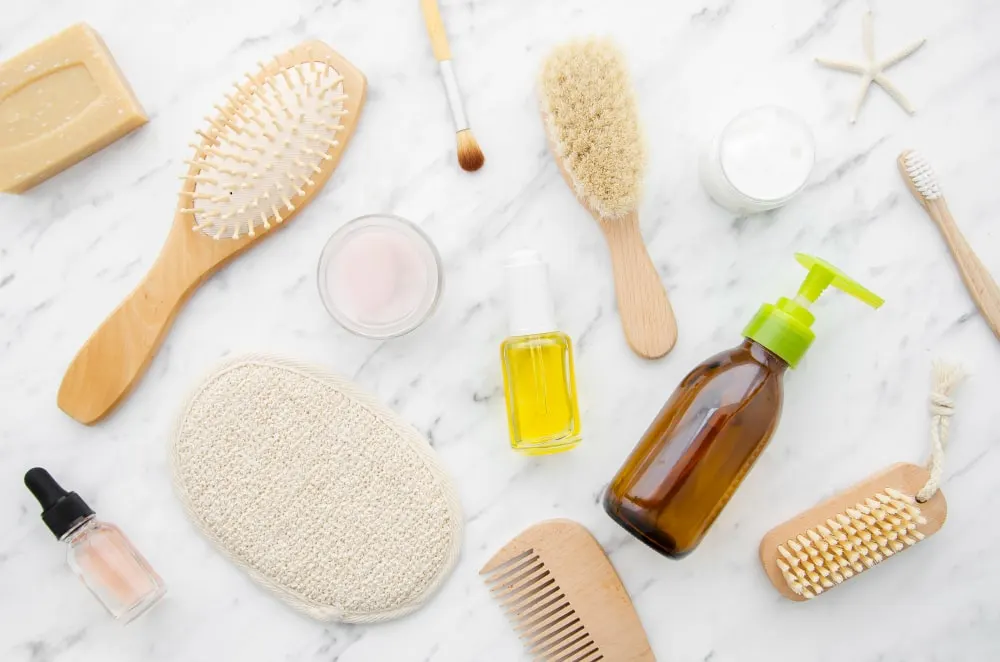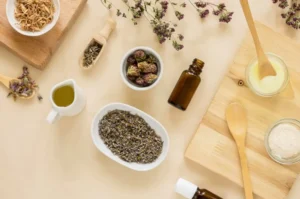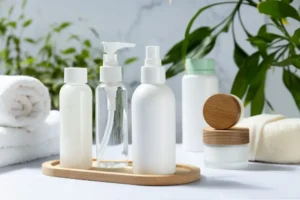The Ultimate Guide to Hair Care: Tips for Healthy, Shiny, and Strong Hair
Hair is more than just a crown of beauty—it’s a reflection of our health, lifestyle, and personal identity. Whether long or short, curly or straight, maintaining healthy hair requires more than just occasional washing. It involves a consistent hair care routine, understanding your hair type, and making mindful lifestyle choices.
In this detailed guide, we’ll explore how to care for your hair properly, debunk common myths, and provide tips for all hair types. Let’s dive into how you can give your hair the love it deserves.
Why Hair Care Matters
Hair plays a significant role in our confidence and overall appearance. Just like skin, hair is exposed daily to environmental pollutants, UV rays, chemicals, and heat. Without proper care, hair can become dry, brittle, and prone to damage. Hair care isn’t about using expensive products—it’s about consistency, knowledge, and the right habits.
Know Your Hair Type
Understanding your hair type is the foundation of effective hair care. Your hair type determines the kind of products, treatments, and styling methods that suit you best.
Common Hair Types:
- Straight Hair: Tends to be oily at the roots and lacks volume.
- Wavy Hair: Holds styles well but can become frizzy.
- Curly Hair: Prone to dryness and frizz but full of volume.
- Coily/Kinky Hair: Very fragile, requires deep hydration and gentle handling.
You can also categorize your hair based on:
- Porosity (how well your hair absorbs moisture),
- Density (how much hair you have), and
- Elasticity (how much your hair stretches before breaking).
Once you understand your hair type, you can choose the right hair care products and routine tailored to your unique needs.
Daily Hair Care Routine
A consistent daily routine is crucial to maintain healthy hair. Here’s a basic structure:
1. Cleansing
Choose a sulfate-free shampoo that suits your scalp type:
- Oily scalp: Use clarifying shampoos with ingredients like tea tree oil or salicylic acid.
- Dry scalp: Look for moisturizing formulas with aloe vera or argan oil.
Wash 2–3 times a week unless you have specific scalp conditions. Over-washing can strip natural oils and lead to dryness or irritation.
2. Conditioning
Always use a conditioner after shampooing. It helps restore moisture, reduces frizz, and makes detangling easier. Focus conditioner on the mid-lengths to ends rather than the scalp.
3. Leave-in Conditioner or Serum
A leave-in conditioner or lightweight serum provides extra hydration and protects against environmental damage. Products with heat protection are essential if you style your hair with tools.
4. Detangling
Use a wide-tooth comb or a detangling brush on damp hair. Start at the ends and work your way up to avoid breakage.
5. Drying
Air drying is the healthiest option. If using a blow dryer, always use a heat protectant and the lowest heat setting.
Weekly and Monthly Treatments
• Deep Conditioning
Once a week, apply a deep conditioning or hair mask treatment to nourish and hydrate your strands. Ingredients like shea butter, coconut oil, and keratin are especially effective.
• Scalp Care
A healthy scalp equals healthy hair. Exfoliate your scalp every few weeks with a gentle scrub or clarifying shampoo to remove buildup and promote blood circulation.
• Hair Oiling
Traditional oiling is making a comeback. Oils like coconut, castor, almond, and argan oil can strengthen hair, add shine, and prevent split ends. Apply oil for a few hours before washing or overnight once a week.
• Trimming
Get a trim every 6–8 weeks to prevent split ends and promote healthy growth.
Heat Styling and Protection
Frequent heat styling can damage hair cuticles and lead to dryness and breakage. If you use flat irons, curling wands, or blow dryers:
- Always apply a heat protectant spray
- Limit heat usage to 1–2 times per week
- Use ceramic or tourmaline tools with adjustable temperature settings
- Avoid using maximum heat—lower settings are often just as effective
Let your hair rest from heat styling regularly to maintain its natural texture and strength.
Common Hair Problems and How to Solve Them
1. Hair Fall
Caused by stress, hormonal changes, nutritional deficiencies, or harsh treatments. Use strengthening shampoos, avoid tight hairstyles, and eat iron- and protein-rich foods.
2. Dandruff
Can result from dry scalp or fungal infections. Use anti-dandruff shampoos with ingredients like zinc pyrithione or ketoconazole and maintain proper scalp hygiene.
3. Frizz
Often caused by humidity or lack of moisture. Use hydrating masks, serums, and avoid brushing dry hair.
4. Split Ends
Caused by over-styling, brushing roughly, or skipping trims. Regular trimming and deep conditioning help prevent and manage them.
Natural vs. Commercial Products
Natural hair care products often include herbs, oils, and plant-based ingredients with fewer chemicals. While they are generally gentler, they may not always provide immediate results.
Commercial products, especially salon-grade brands, are formulated with active ingredients that target specific issues more directly, like keratin treatments for damaged hair or biotin-rich products for thinning.
Choose products that are:
- Free from sulfates, parabens, and silicones (for sensitive scalps)
- Dermatologically tested
- Suited for your specific concerns and hair type
Hair and Lifestyle
Hair reflects your lifestyle. The following habits contribute to hair health:
🥗 Healthy Diet
Hair is primarily made of protein (keratin). Include protein-rich foods like eggs, fish, legumes, and nuts. Iron, zinc, biotin, and omega-3s are also vital for growth and shine.
💧 Hydration
Drink at least 2 liters of water daily to keep your scalp and hair hydrated.
🛏️ Sleep
Aim for 7–8 hours of sleep nightly. Growth hormones and cellular repair occur during sleep.
🧘 Stress Management
Stress can trigger hair loss (telogen effluvium). Practice mindfulness, yoga, or journaling to manage stress levels.




